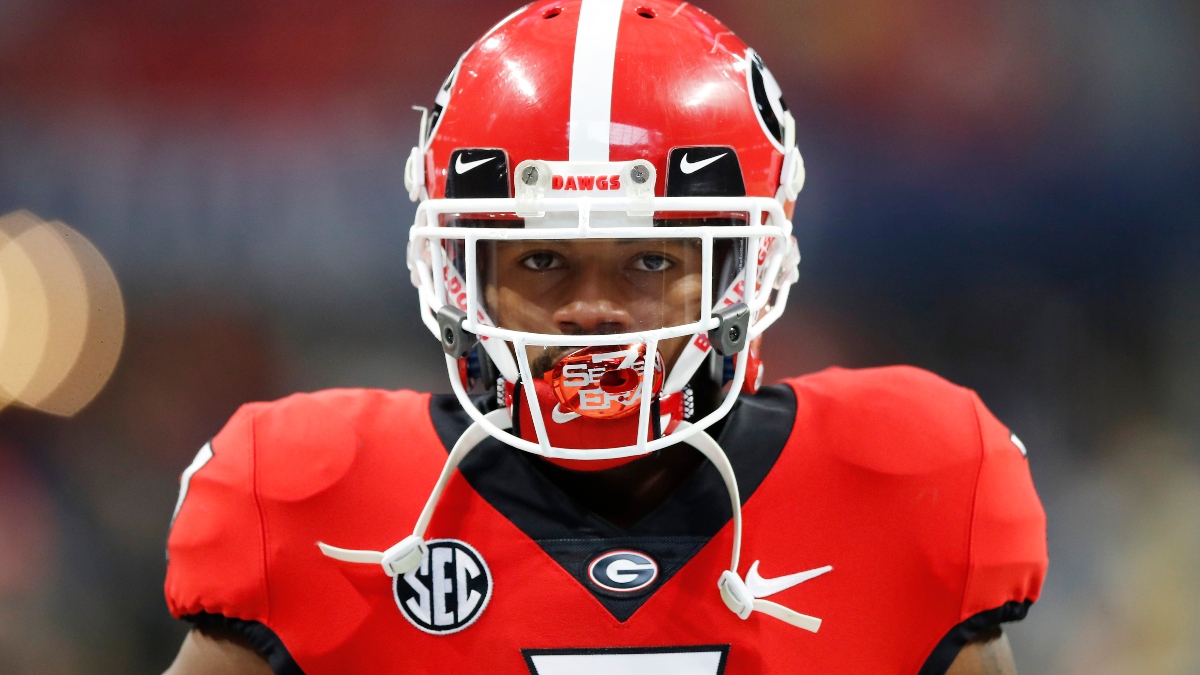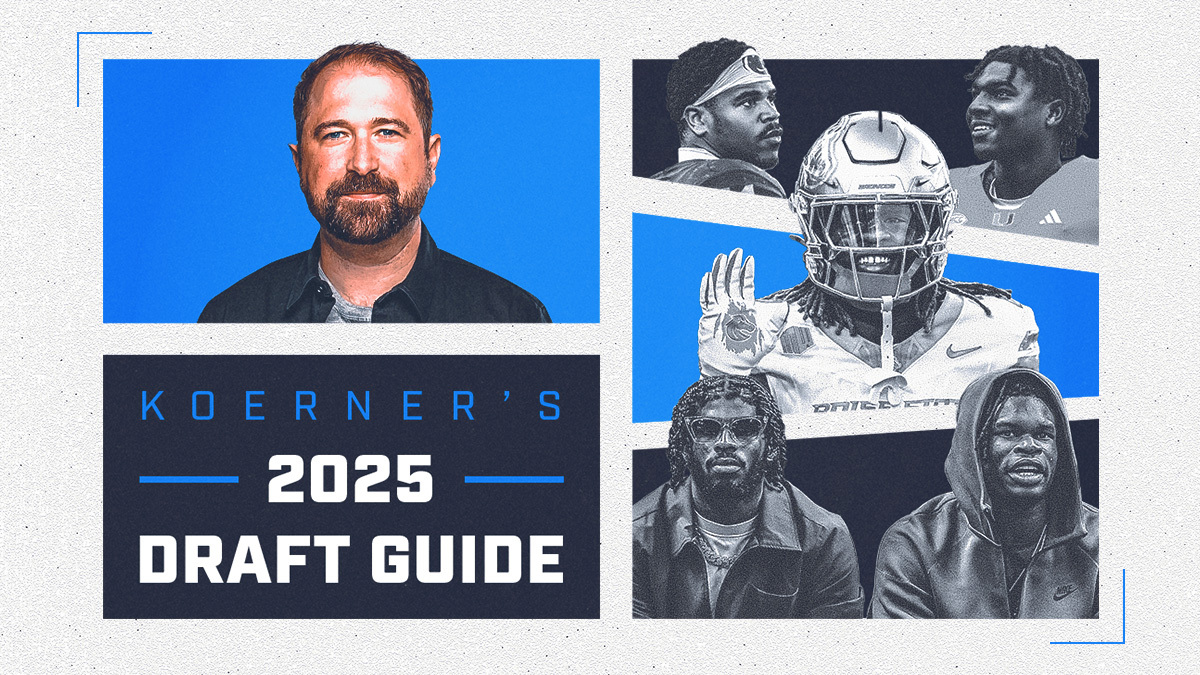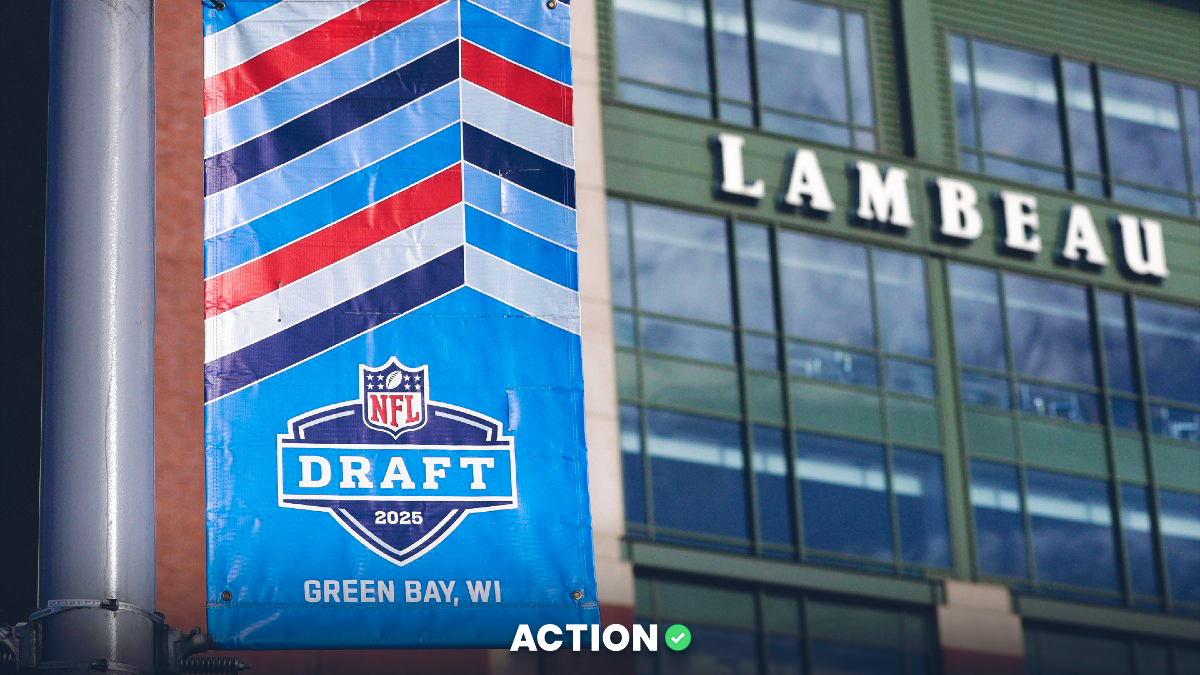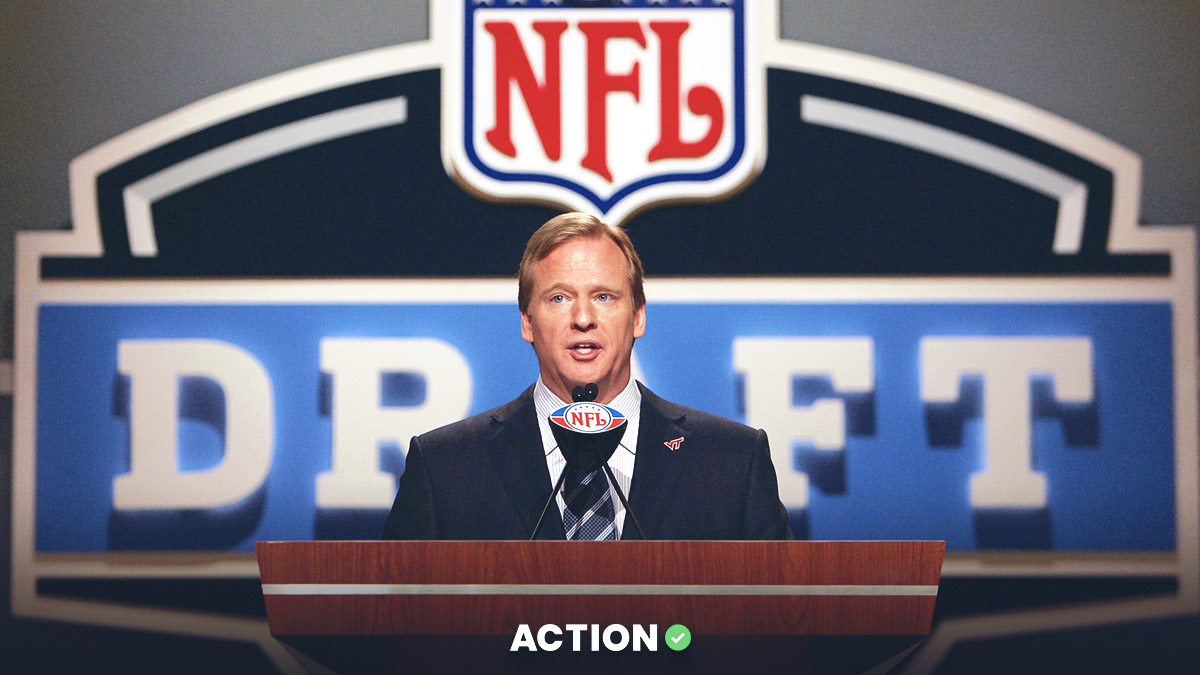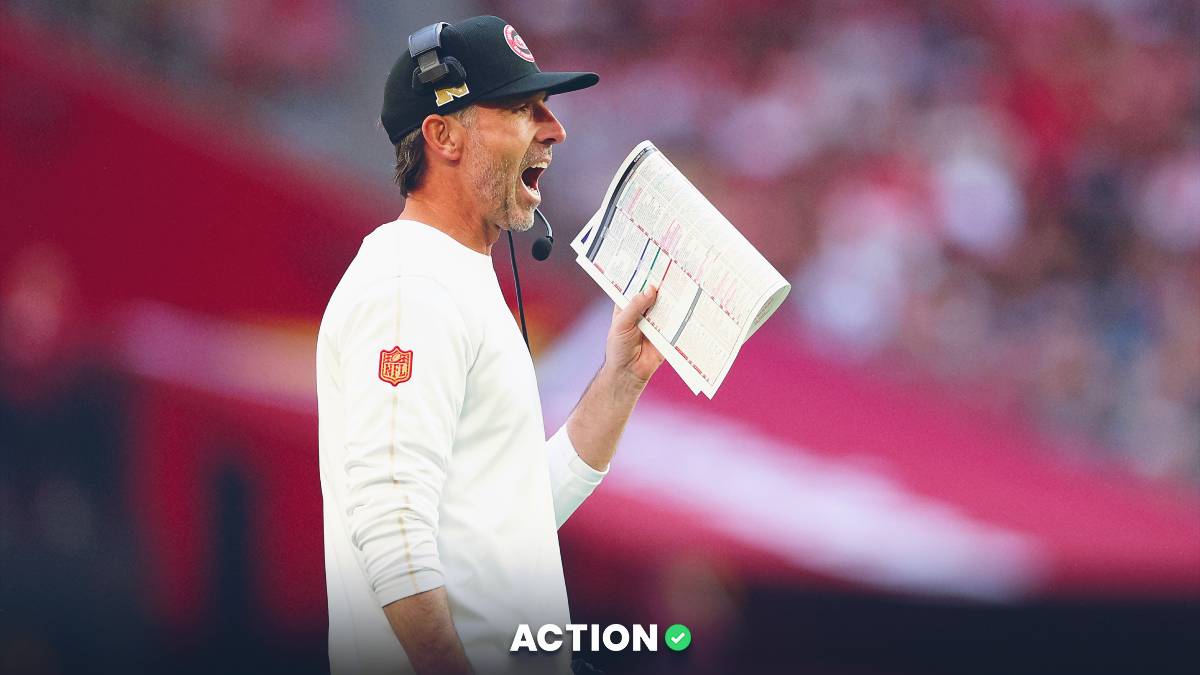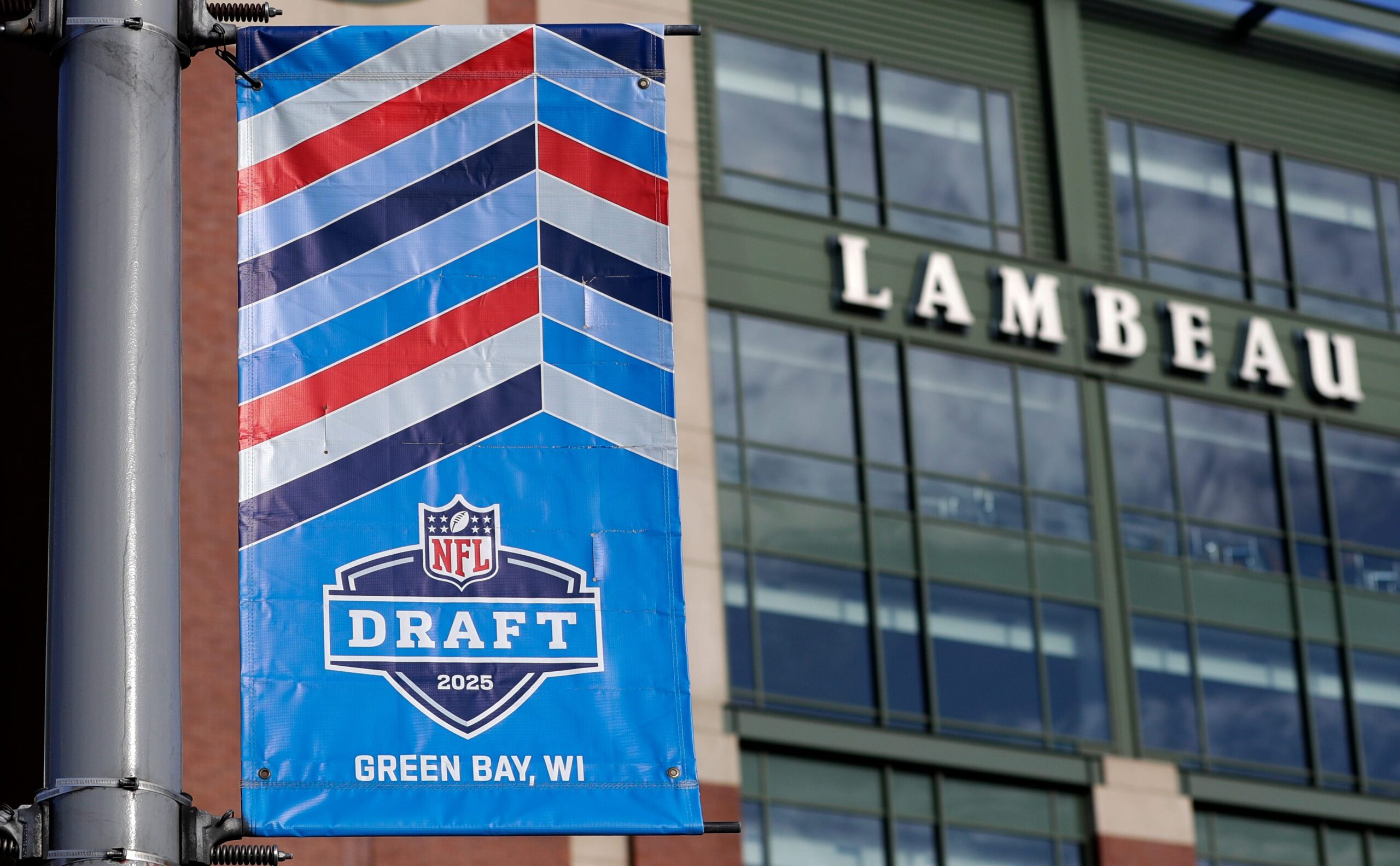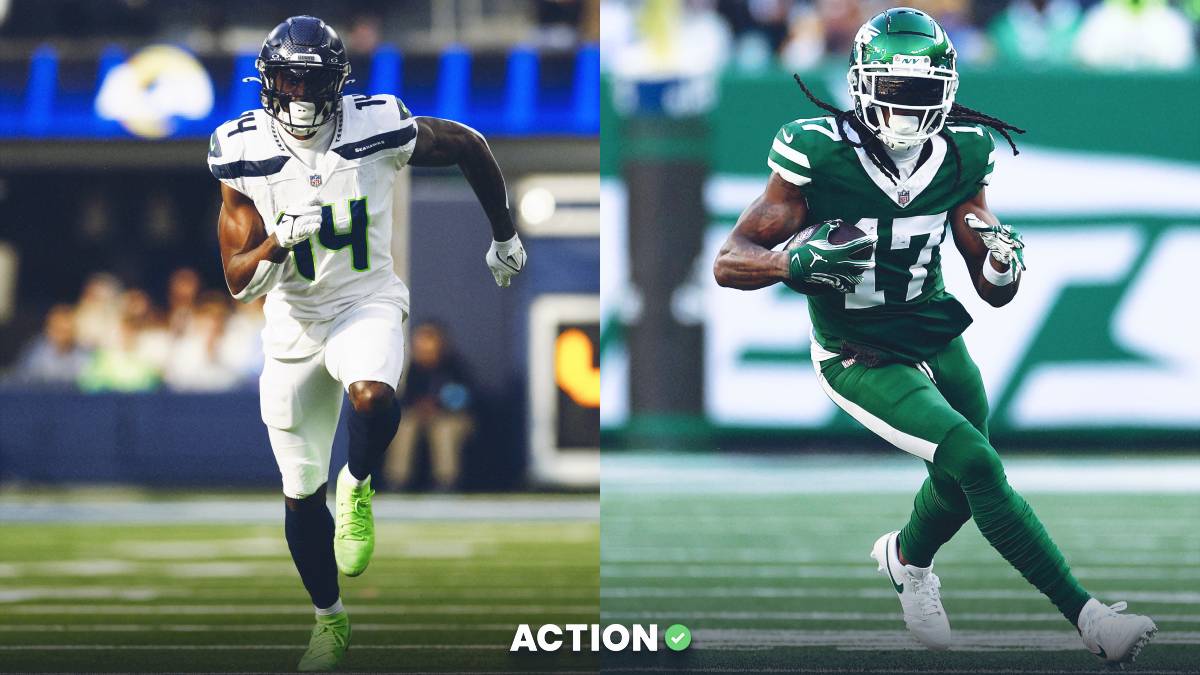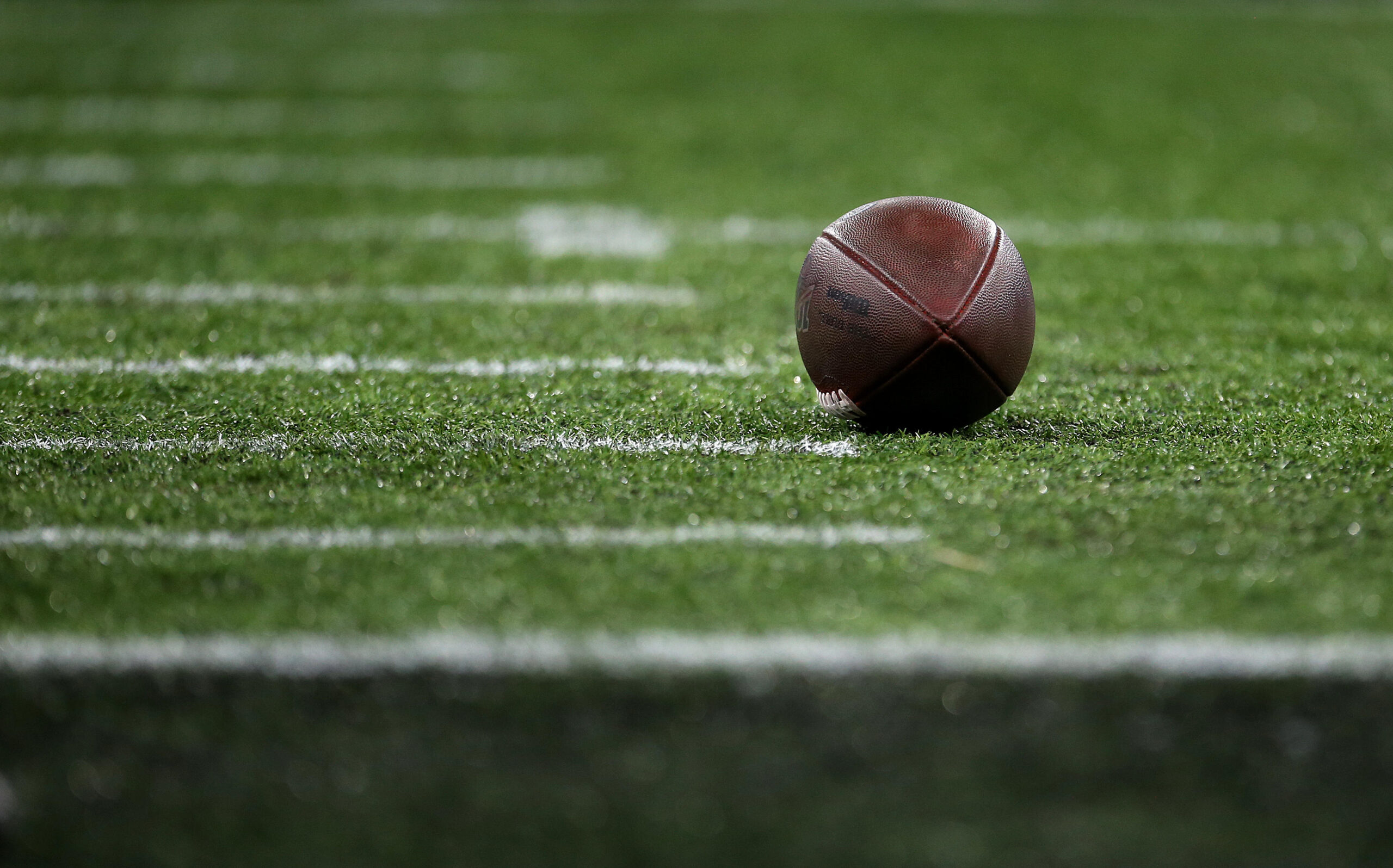The 2020 NFL Draft is one week away, so it’s time for me to update my rookie dynasty fantasy football rankings.
This version is significantly different than the previous ones, now that we’ve had the combine, free agency and more time to research the prospects and project their likely draft ranges.
In creating these rankings, I've focused on college production, physical profile, recruitment grade and projected draft position.
Before we dig into the rankings, let's run through my pre-draft process, then finish with a position-by-position overview of this class.
[Easy Money!Get 2-1 Odds on Joe Burrow to Go No. 1 … (Yes, We're Serious)]
Pre- vs. Post-Draft Rookie Dynasty Rankings
As long as my draft position projections are relatively accurate, there probably won't be many massive changes when I update the rankings after the draft.
Why is it that?
The tetrad of college production, physical profile, recruitment grade and draft position mean more than our initial perceptions of a guy's early-career circumstances.
It's not hard for us to know — to quantify — a guy's college production, physical profile, recruitment grade and draft position. We can put exact numbers to each category. And once those numbers are in place, they never change.
But we're not very good — especially shortly after the draft — at evaluating a guy's landing spot and projecting the usage he's likely to have with his team. That's something we just can't know.
And yet that seems to be what most people focus on immediately after the draft.
Example: In my way-too-early pre-combine 2019 rookie rankings, I had wide receiver A.J. Brown at No. 2. After the draft, I had him at No. 6 in my top 50 rookie rankings.
Although I moved him down my post-draft board — because my numbers gave the long-term edge to running backs Josh Jacobs and Miles Sanders, wide receiver N'Keal Harry, quarterback Kyler Murray and tight end T.J. Hockenson — I was still higher on Brown than anyone else in the industry (to my knowledge).
And that's because I valued his …
- College production: Back-to-back 1,200-yard seasons in the SEC
- Physical profile: 6'0" and 226 pounds, 4.49-second 40-yard dash, 22 years old
- Recruitment grade: 4 stars
- Draft position: Round 2, pick No. 51
… more than the fact that we expected him to play with quarterback Marcus Mariota and behind wide receiver Corey Davis.
We're not great at evaluating circumstances anyway — and circumstances can and often do change.
So unless I'm significantly off with my draft position projections, and unless many players have notable issues with their landing spots that simply must alter the way we view them, I'm hoping that my pre-draft rankings will be fairly similar to my post-draft top 50.
Famous last words.
2020 Rookie Dynasty Rankings
2020 Rookie Class Overview
For years, dynasty players have looked ahead to the 2020 class as one that would infuse the NFL with a superabundance of young talent.
Indeed, this class is impressive. It might have the most 21-year-old skill-position players in NFL history. With so many young producers, the 2020 class will likely offer rookie dynasty drafters multiple Round 1 talents in the middle of Round 2.
This is a fantastic year to have extra picks.
But I also feel the need to say this: 2020 is not the Promised Land. It's not all milk and honey and can't-miss prospects for everyone.
I am not sure this class will live up to the hype.
Part of the problem is that a number of strong underclassmen expected to declare decided to stay in school.
- RB Travis Etienne (Clemson): 2,046 yards, 23 touchdowns (2019)
- RB Chuba Hubbard (Oklahoma State): 2,292 yards, 21 touchdowns (2019)
- RB Najee Harris (Alabama): 1,528 yards, 20 touchdowns (2019)
- RB Kylin Hill (Mississippi State): 1,530 yards, 11 touchdowns (2019)
- WR DeVonta Smith (Alabama): 1,256 yards, 14 touchdowns (2019)
- WR Tylan Wallace (Oklahoma State): 903 yards, 8 touchdowns (9 games, 2019)
- WR Sage Surratt (Wake Forest): 1,001 yards, 11 touchdowns (9 games, 2019)
All of these players probably would have been selected in Rounds 1-2 of 2020 rookie fantasy drafts. Over half a round of strong value — 29.2% of the players expected to go in the top 24 — gone.
Because of these underclassman defections, this class is not nearly as great as we thought it would be.
Quarterbacks: This is a good year for quarterbacks — but what does that really mean? It means that maybe three to four passers will be relevant from this class vs. the two to three guys we get in a typical year.
And this isn't a great year, like 2018, when we had five quarterbacks selected in Round 1 of the NFL draft.
So we shouldn't be too enthusiastic about this year's signal-calling cohort: I'm not looking to draft any passer before Round 3.
I was more excited by quarterback Kyler Murray last year than I am about any guy this year. Even as a prospect, Murray had clear league-winning fantasy potential. I can't say the same for quarterbacks Joe Burrow (LSU), Tua Tagovailoa (Alabama) and Justin Herbert (Oregon).
Running Backs: The loss of Etienne, Hubbard, Harris and Hill is painfully apparent. The top-six backs in this class stack up very well against the top six from any other class — but after them, there's a massive drop-off.
The 2020 class has a disheartening dearth of backfield depth.
Wide Receivers: Many analysts think 2020 has the greatest wide receiver class of all time. Maybe. It might be the deepest ever. Even in Round 3 of rookie drafts, sharp dynasty investors should be able to find receivers with difference-making potential.
The depth at the position is unquestionably strong.
But this year's top-12 receivers are not quite as good as the top-12 from 2014, which was a legendary class.
Six of the top 12 receivers from that year — Odell Beckham Jr., Mike Evans, Davante Adams, Allen Robinson, Jarvis Landry and Brandin Cooks — have had multiple 1,000-yard seasons in the NFL. It would be truly impressive for six of this year's top 12 to match that feat.
Tight Ends: Tight ends are notoriously hard to project to the NFL and slow to develop anyway — and this year's group of prospects is decidedly subpar. With the exception of a few players, I'm ignoring the tight end position almost entirely.
Matthew Freedman is the Editor-in-Chief of FantasyLabs, part of The Action Network.


